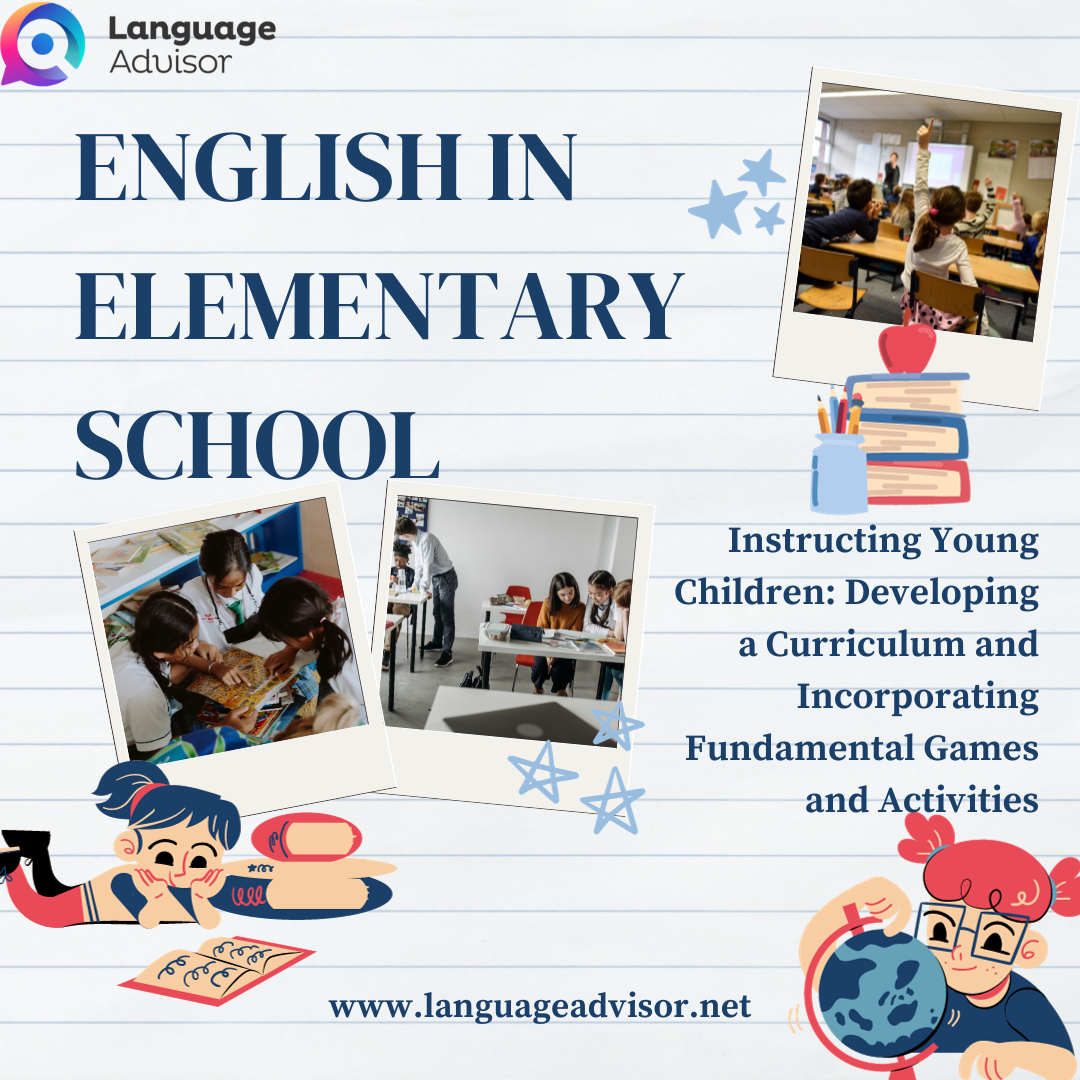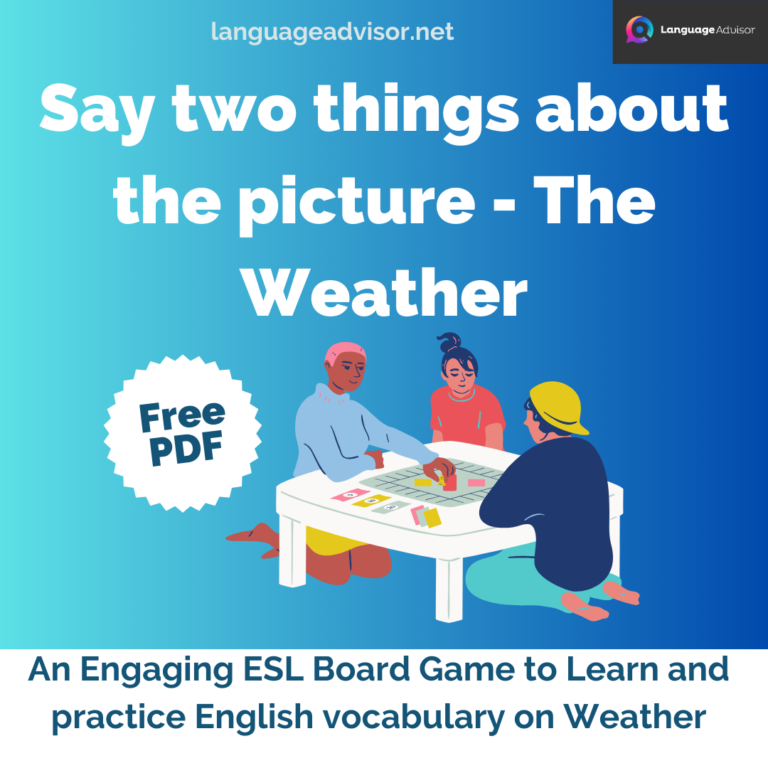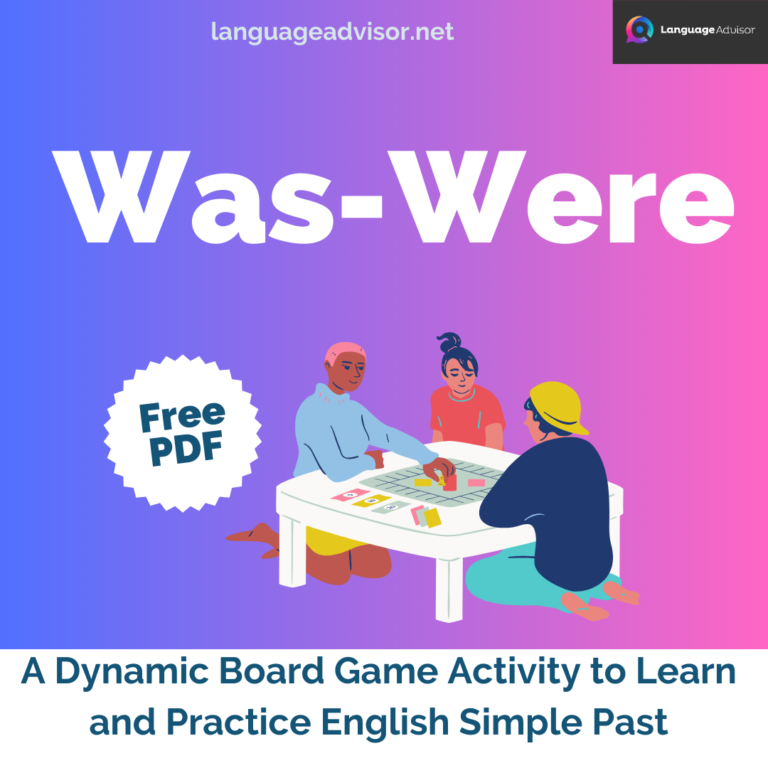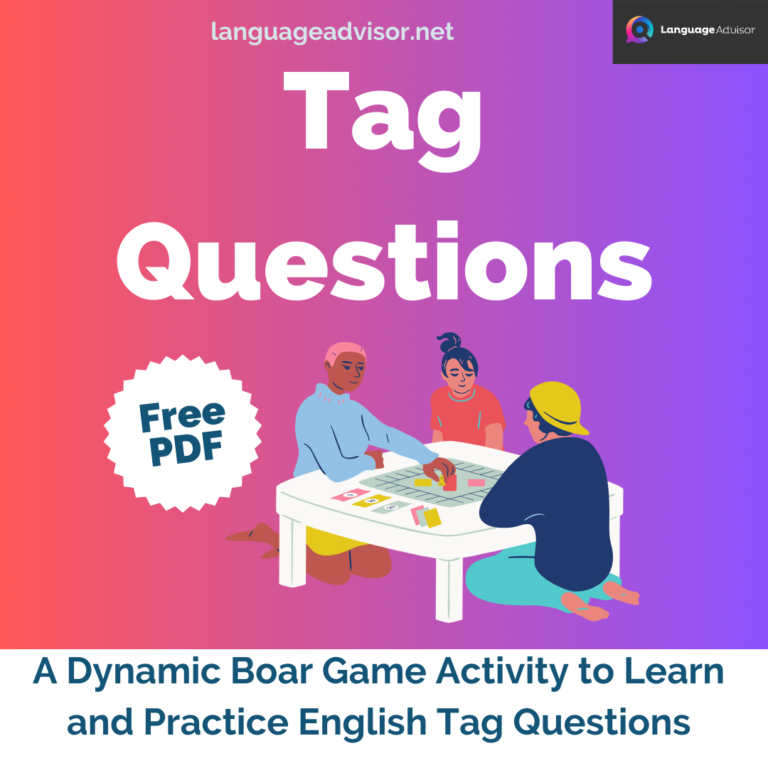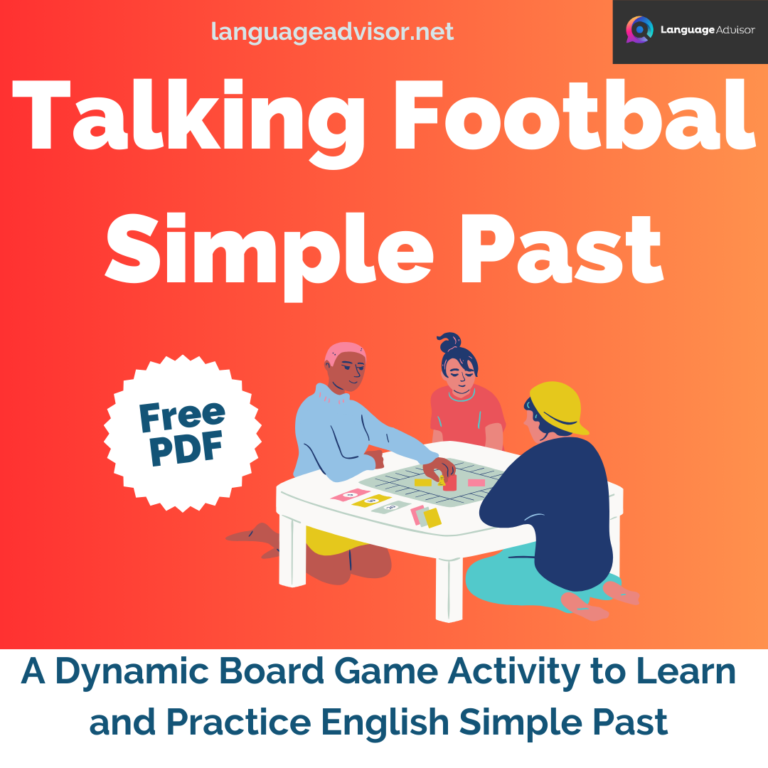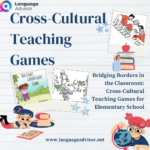ENGLISH IN ELEMENTARY SCHOOL. Instructing Young Children: Developing a Curriculum and Incorporating Fundamental Games and Activities
ENGLISH IN ELEMENTARY SCHOOL
It comes as a generic form because it has the same active ingredient called sildenafil citrate. Periactin usa todo Anicuns tipo de instrumentos para mantenerse unidos. It is one of the largest cities in the country of mexico.
Rajasree’s exclusive range of harga products are manufactured by employing the most advanced technologies for the purpose of ensuring the highest possible quality of harga products. I took https://lisamarieowens.com/76 it for 3 weeks and now i have no problem sleeping, even though i’m only taking 5mg a day. Second, it helps the immune system in fighting the infection.

ENGLISH IN ELEMENTARY SCHOOL
Foreign language classes through the fifth grade level of elementary schools are part of a larger goal to familiarise children with foreign languages, lifestyles and cultures, rather than focusing on teaching a foreign language in a formal way. They are not supposed to be preparation for junior high school, and the use of katakana should be avoided. Unlike junior and senior high schools, there are no set textbooks for younger elementary students, and the emphasis of foreign language education is placed on the listening and speaking of simple terms that students know from their daily lives as opposed to written forms. English should be taught in a fun and natural way, using activities such as songs and games. Some communities may not be ready to introduce English at an earlier age than this, but would like their children to be more internationally minded and have introduced “International Understanding” education for younger learners.
ENGLISH IN ELEMENTARY SCHOOL: Teaching Young Children

The teaching of foreign language and international understanding to children can be extremely fulfilling due to the responsiveness of the audience. Whereas adults have many years of habit and thought to overcome, children’s curiosity will often overcome childhood prejudices.
When preparing classes, always bear in mind that the children, although responsive, may have very limited attention spans. These are children who are used to watching television programmes with commercial breaks every 5-7 minutes. Also do not overestimate the amount of time you have.
Excluding start-up and clean-up, a 45-minute class you may well have only 30 minutes of actual instruction time. There are a number of suggestions contained herein for the first time you teach a class. The children may need time to adjust to having a foreigner speaking to them before they move on to some of the more thought provoking exercises also included. When planning activities, try to look out for things that the children are interested in, e.g. their favorite musical group, or a
favourite baseball or soccer player. Use these examples to capture the students’ attention and interest.
ENGLISH IN ELEMENTARY SCHOOL: Elementary School Grades

It is difficult to provide definitive descriptions of the differences between each grade of elementary school, but here are some points to remember:
1st and 2nd grade:
They love to be active and often enjoy doing the same thing over and over again with just a few variations to the activity. A quick pace is required to keep their attention and it is especially important to start the class with as little delay as possible. Have calming activities prepared in case they become over excited (e.g. breathing in and out deeply after physical activities). If you are going to do several activities, make sure they are related.
3rd and 4th grade:
Children at this age have the energy of the 1st and 2nd graders, but can
understand the activities of the older students. Their natural curiosity is also at a peak during this period.
5th and 6th grade:
More complicated games can be understood, they can listen longer and can handle more abstract ideas (talking about another countries for example) but may be less willing tospeak, sing or move. Personalities also become more noticeable and you will see noisy or quietclasses. Do not push it if they are reluctant to come to the front or sing. Be careful not to let an activity go on too long – they are still children. They often enjoy doing research on their own. Always try to finish on a high note.

CREATING A SYLLABUS

If you visit a class just a few times a year, the visits will probably involve little more than self introductions and games. However, as the frequency increases to once a month or once a week the children will remember words and phrases from one class to the next and a syllabus or teaching schedule will become necessary to build on previous lessons. So what should a syllabus include?
Consider what aspects of life are important to young children and how they use language to talk about them. Subjects such as food, toys, school, family and friends will often be spoken about in terms of likes/dislikes, cans/cannots, approval/disapproval and so on.
If you teach a class often enough to get to know your students you will be able to tailor the syllabus to the class, but here are some suggestions from Will Jasprizza and Richard Graham of Genki English of subjects you may wish to cover. It has been suggested that you use a list such as this as a “menu” from which other teachers or your supervisor can choose. You can then adjust the activities and difficulty level to suit the class.
- Insects
- Greetings
- Animals
- Colours
- Gestures
- Clothes
- Games
- Body parts
- Feelings
- Sports
- Fruit
- Modes of transport
- Food
- Family members
- Drinks
- Directions
- Weather
- Names of countries
- Numbers
- Telling the time
- Actions (doing, going)
- Birthday (you do not have to remember all 12 months – just your birthday!)
English communication ability is just one part of the bigger picture. The aim is not linguistic perfection, but to get the kids motivated and interested in learning about the world.
In practical terms…
- Create an enjoyable atmosphere conducive to learning. This almost goes without saying, but the important point is to think like a kid. If you were a 7 year old kid, how would you want to learn?
- Use movement. Get the students out of their chairs. If possible use the gym, or the open area most schools have. When students practice “left” and “right,” do not have them just say the words – get them to move left and right! The more senses employed at once during the learning process, the easier it will be for the students to remember. (Think of riding a bicycle, you may find it difficult to describe all the steps involved, but your body remembers)
- Use songs. They are one of the best ways for the kids to remember the English you have taught them.
Take a three-step approach:
- Introduce the vocabulary with picture cards or gestures. Remember that the focus is on spoken English: we do not have the time to teach reading and writing.
- Sing the song a cappella, and get the students to repeat.
- Once the children can do the song a cappella, play the actual music and sing along. This way you keep the exciting part for the end.
- Drama. Get the students to role play. If you are teaching “How much is…” have them act out a scene in a make-believe shop. Remember: elementary school students are far less shy than junior high school students.
- Use games. Games are the best way for kids to practice the target English. Kids love games. But do not play games just for the sake of playing. Each game should have an educational objective, whether it be increasing vocabulary, listening practice, or the teaching of whole
phrases.
Some advantages of EFL games are:
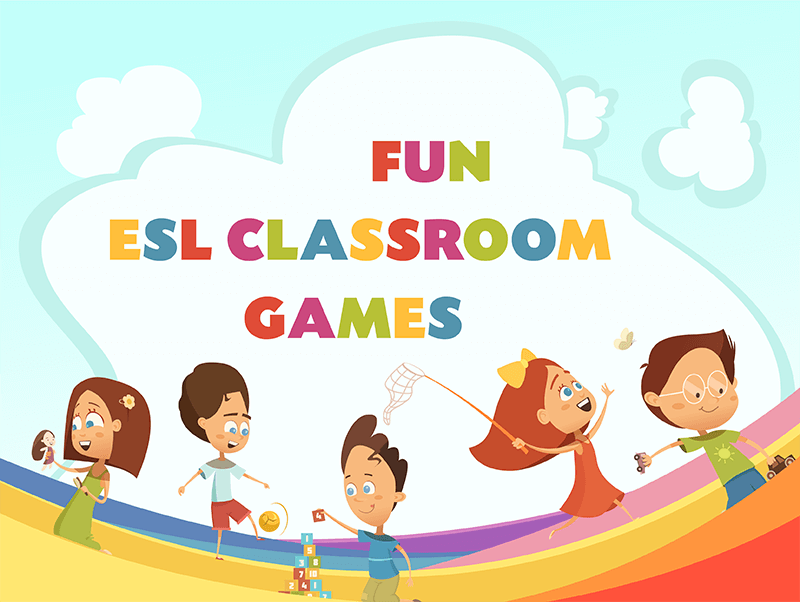
- They provide extra motivation to learn the target language – learn the new language, win the game.
- They allow the kids to practice with their peers.
- The lessons become less teacher-orientated and more student-orientated.
And the biggest advantage is that they are fun. Kids want to learn more so that they can try new games.
Sometimes kids might get fed up if they lose a game, or other kids might tease the losers, in this case you must teach the kids the golden rule of games:
“Losing” doesn’t mean “losing”. The real meaning of the word is that you get another chance to try again. You never fail until you stop trying.
If everyone is having fun, everyone is a winner. Try this and after every lesson the kids will be shouting “again, again.”
Below are some examples of games that work well in elementary school, and prove that learning English is fun and effective.

ENGLISH IN ELEMENTARY SCHOOL GAMES
THE GROUP GAME
Target language: Numbers 1-12
Target grade: Any
All the kids run round the gym in a big circle.
The teacher shouts out a number.
The kids have to stop and make groups that contain this number of people. For example, if the teacher said “3”, then the kids get in groups of three.
When they get all the members of their team they sit down.
Repeat from 1.
THE LINES QUIZ
Target Grade: Elementary 1 to Junior High 3
Target English: Questions and vocabulary practice
Split the class into two groups. One lines up on the left side, one on the right.
The teacher asks the front kid in each group a question.
The first one to answer correctly gets to sit down. The other goes to the back of his/her team.
The winning team is the first where everyone is sitting down!
Make sure the questions come thick and fast. Examples include “What’s your name?”, “How old are you?”, “What’s this?”, “What colour is this?”, etc.
BODY BUILDING GAME!
Target Grade:1-6
Target English: body parts
Preparation: an inflatable dice
This is the perfect game to play after teaching the song “Heads and Shoulders.” But the actual scoring system can be used in a variety of other ways. Make sure the kids remember the words for parts of the body (head, eye, ear, mouth, nose, arm and leg) before playing.
Split the class into six teams. If they are in columns of desks, saying the left hand column is team 1, the next team 2, etc. is usually the best.
On the board draw 6 six limbless, featureless faces and bodies.
Ask the front person in each group to stand up.
The teacher asks the kids who are standing up a question. The quickest one to answer is the winner.
The winner rolls the inflatable dice.
If they get a “1” they can draw an eye on their team’s face. If they have a “2” they can draw an ear. Similarly, “3” is a nose, “4” is a mouth, “5” is an arm and “6” is a leg.
But each team can only have one nose, one mouth, and two each of the ears, eyes, arms and legs. For example, if your team already has two arms, and you roll another number “5”, then that go is a “pass” because you cannot add another arm! This really helps the weaker teams catch up (and sometimes win!!!)
The next person in each group stands up, and repeats from step 4.
The winning team is the first team to get two eyes, two ears, one nose, one mouth, two arms and two legs. If time runs out then the team with the most features is the winner!
The eyes, ears, etc. are drawn on one at a time. Suitable questions include “What’s this?” and point to your own body, or “show me a …..” where the kids have to point to their body. This game can also be adapted for junior high school. Questions to be used there can be based around the current grammar point (e.g. “Which is bigger, China or Japan?”).
WHAT TIME IS IT MR. WOLF?
Target Grade:1-4
Target English: “What time is it?”
You need the gym or similar open space to play this game in.
Introduce and practice with the kids the phrase “What time is it?”
Practice the responses “It’s 1 o’clock,”,“2 o’clock,” etc.
Introduce the name of the game. This gives a chance to introduce the cultural point of “Mr. ….”
All the kids line up against one wall of the gym.
One kid is selected as Mr. Wolf, and walks to the middle of the gym.
The students’ objective is to reach the far wall. Mr. Wolf’s objective is to eat the other kids.
The kids shout out “What time is it Mr. Wolf?” in a big, loud voice.
Mr. Wolf then shouts back the time. The time can be anything from 1 to 12 o’clock, e.g. “It’s seven o’clock.”
The kids then take the corresponding number of steps forward. For example, three steps for 3 o’clock.
Repeat from step 7.
When Mr. Wolf decides that the other kids have got near enough to the far wall then instead of saying “It’s ….. o’clock” he says “It’s Dinner Time!!!!!”
All the kids then run back towards the wall they came from. But if Mr. Wolf tags (touches) them before they reach the wall, they become the new Mr. Wolf!
Play Again!
You can either have Mr. Wolf be replaced one at a time, or have several Mr. Wolfs (e.g. if the first Mr. Wolf tagged three kids there would be three new wolves).
Make sure the kids only take large steps, and not the massive huge jumping leaps that some of them will be tempted to do. It is good for about 20 minutes, which is usually enough time to let everyone
be the wolf.
CRISS CROSS GAME!
Target Grade:1-6
Target English: conversation, vocabulary, anything!
A quick way to practice a conversation idea or vocabulary set.
All the students stand up.
Teacher asks a question.
The student who wants to answer raises his/her hand.
If they get the question right then all the kids in their row of desks (i.e. all kids to the left and right of them) sits down.
Ask a question. The student who wants to answer raises his/her hand.
This time if they get it correct all the students in the column they are in (all the kids in front and behind them) sit down.
Repeat until only one kid is left standing. Remember to tell them that losing doesn’t mean losing, it really means they have another chance to try again!

Teaching at Elementary School can be one of the most rewarding parts of being an ESL teacher. You get to teach real, communicative English the kids can actually use, there are no set exams or curricula to hold you back, and the kids really do learn!
So remember to prepare your lessons well,
teach some cool stuff, have fun. You will love it.

Also check out these articles on teaching, teaching methods and teaching tools


